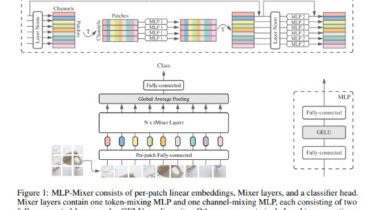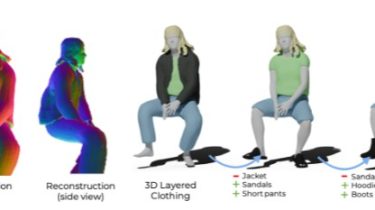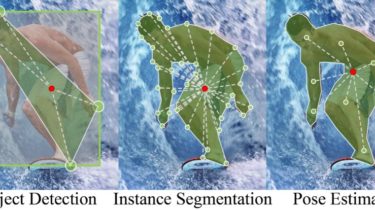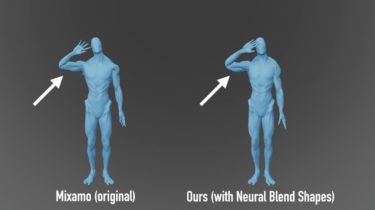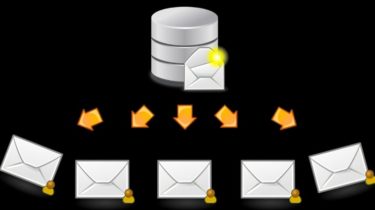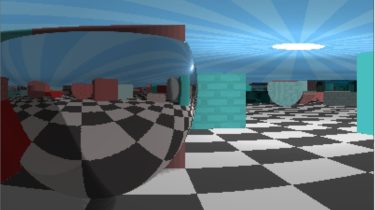An All-MLP solution for Vision from Google AI in Pytorch
MLP Mixer – Pytorch An All-MLP solution for Vision, from Google AI, in Pytorch. No convolutions nor attention needed! Install $ pip install mlp-mixer-pytorch Usage import torch from mlp_mixer_pytorch import MLPMixer model = MLPMixer( image_size = 256, patch_size = 16, dim = 512, depth = 12, num_classes = 1000 ) img = torch.randn(1, 3, 256, 256) pred = model(img) # (1, 1000) Citations @misc{tolstikhin2021mlpmixer, title = {MLP-Mixer: An all-MLP Architecture for Vision}, author = {Ilya Tolstikhin and Neil Houlsby and […]
Read more